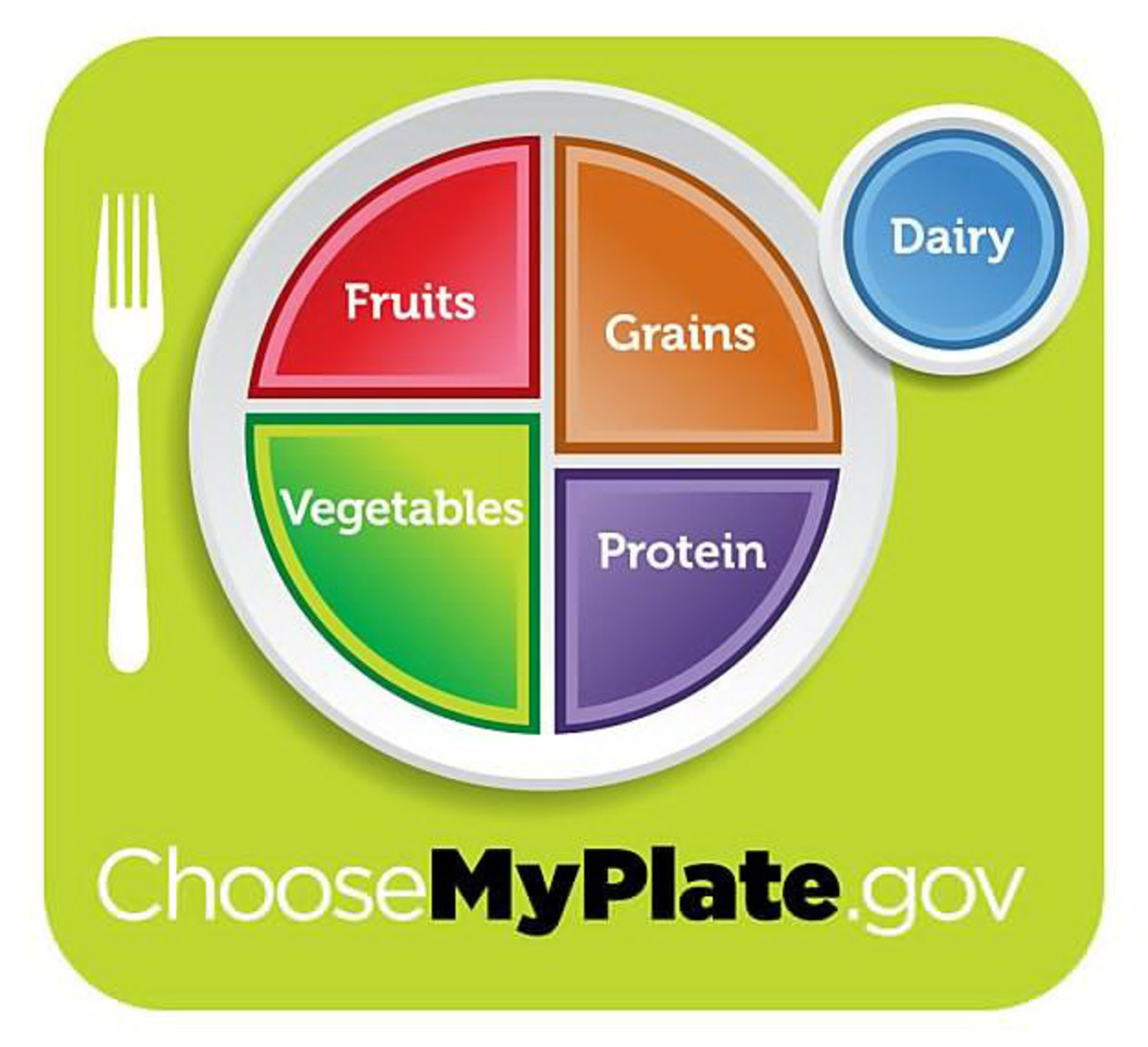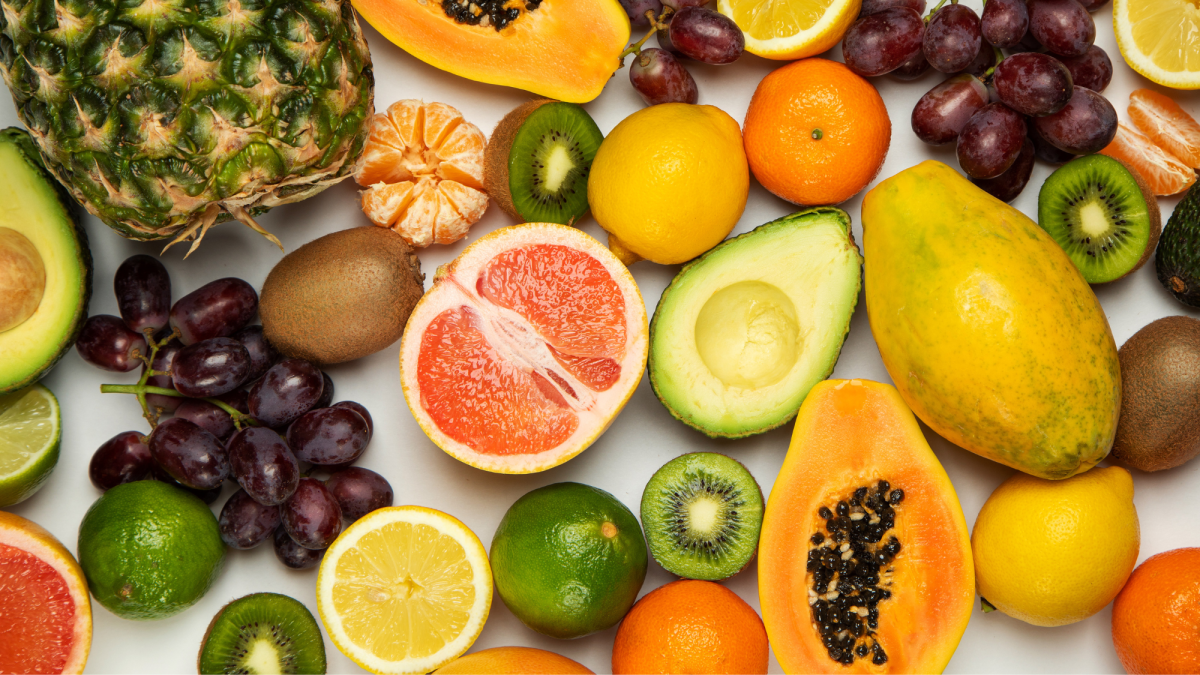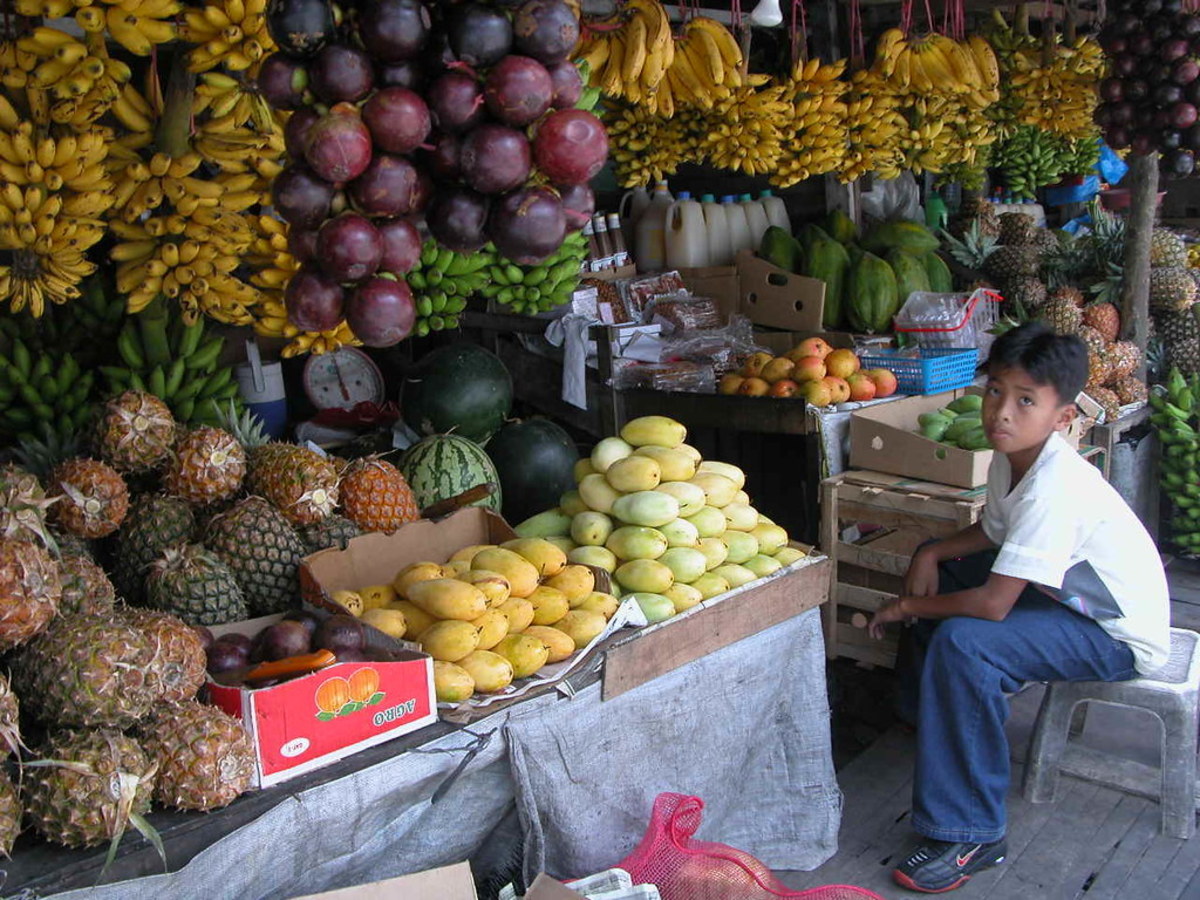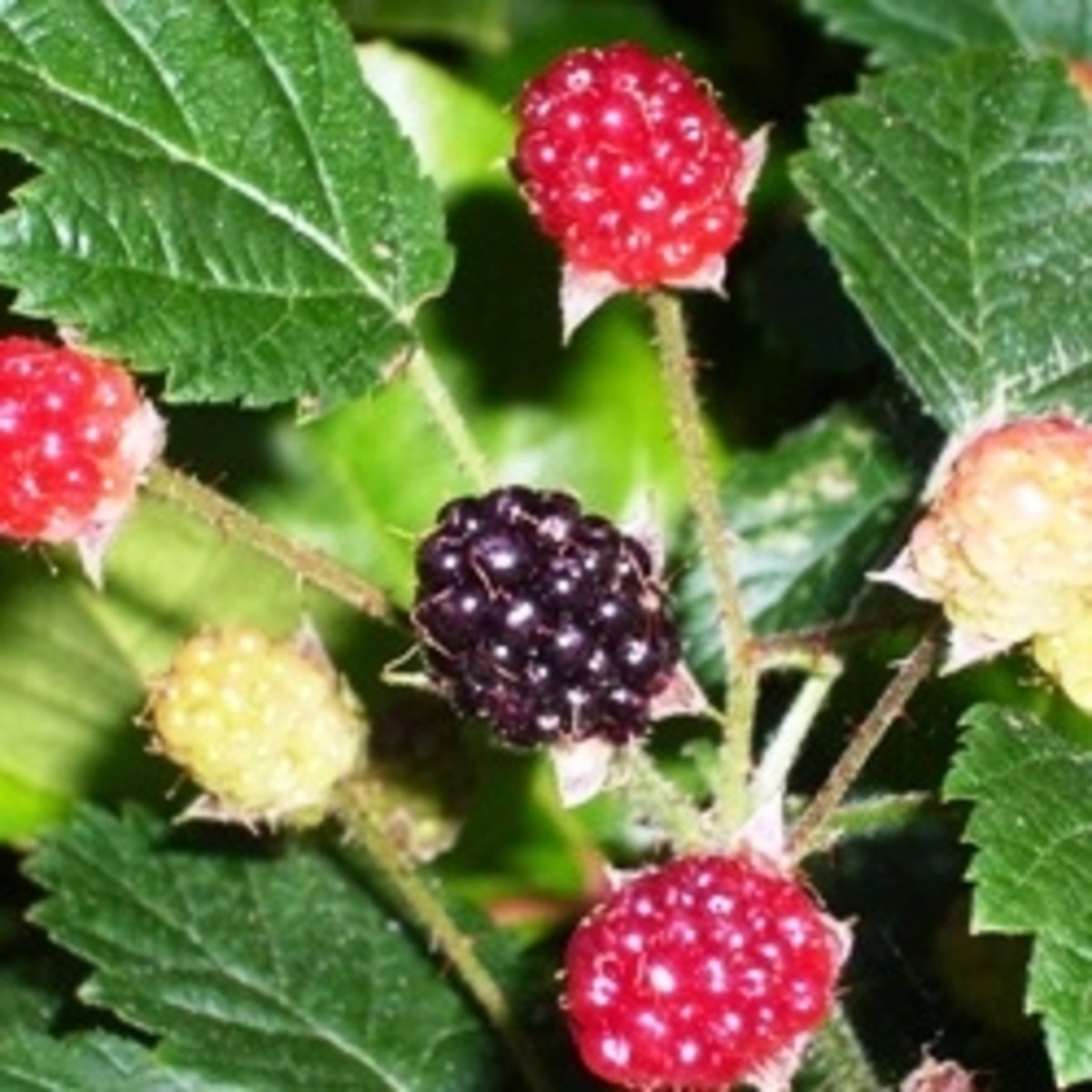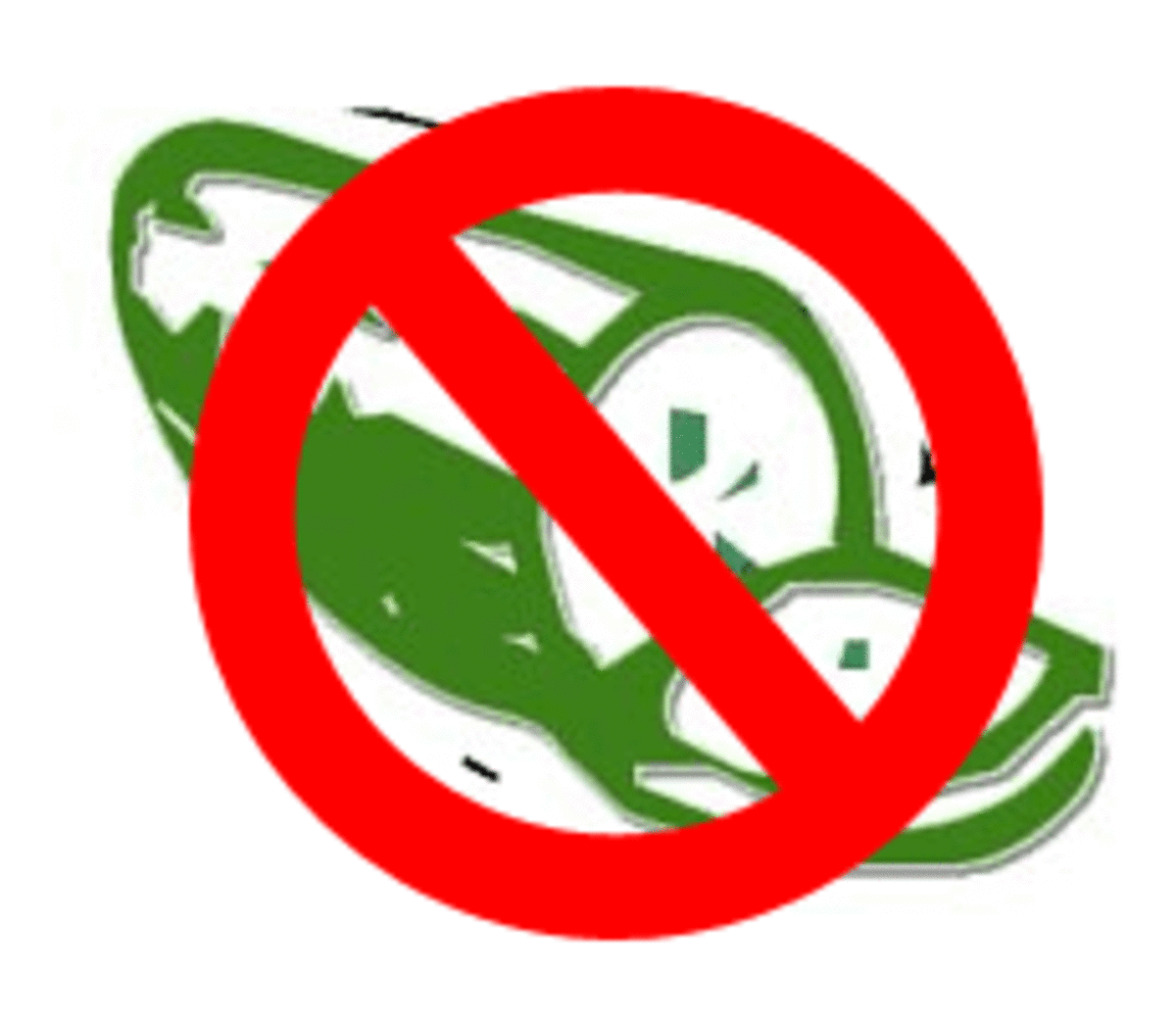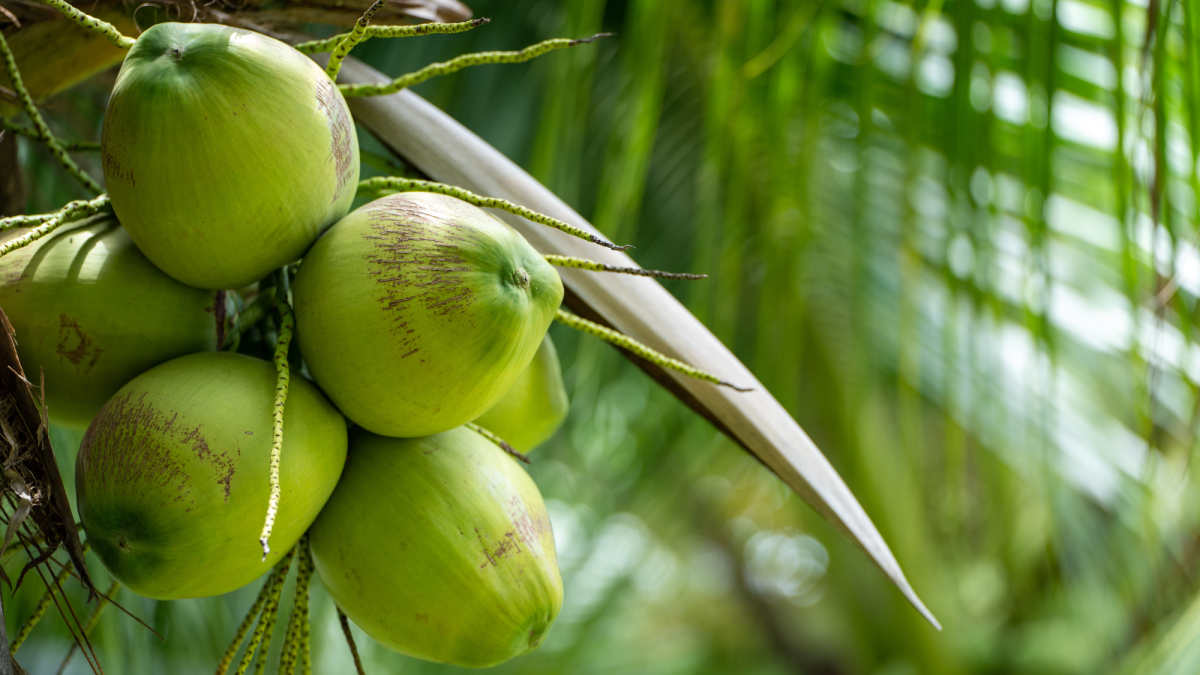Fruit - Tips for Buying, Storing, Preparing and Safety
Fruit Nutrition Facts
Fruit has been important since early man discovered it in the wild. Some have said that we could live on fruit alone because of its nutritional value.
Since different fruit has different nutritional value, we should look for fruit that has vitamins A, C, B and E.
The following list provides information on the best fruits to eat:
Apples - (high in fiber, lowers the risk of heart disease, contains antioxidants and are available year round.)
Apricots - (full of potassium and iron, as well as vitamins A, C and E, available in U.S. from May - August)
Bananas (contains healthy sugar, potassium and fiber, available year round)
Blackberries - (contain high levels of antioxidants to prevent aging, vitamins B, C and E)
Blueberries - (low calorie, promotes brain health and helps prevent high blood pressure.)
Cantaloupe - (tastes sweet and contains folate, beta-carotene, citric acid and vitamins A, B and C, includes potassium.)
Grapefruit - (they possess high fiber which helps lower blood pressure and cholesterol, vitamin C and aids in digestion.)
Kiwi fruit - (very high vitamin C content, available throughout the year)
Mangoes - (contain beta-carotene and vitamin C,)
Strawberries - (over 600 varieties, high levels of vitamin C and phytonutrients.)
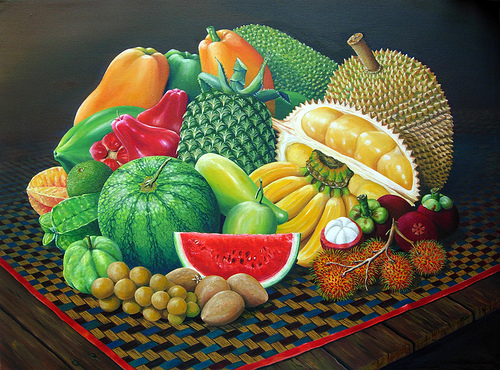
Buying Fresh Fruit
Look for fruit that is not bruised or damaged.
When choosing cut fresh fruit, make sure it is refrigerated in the grocery store. (cut watermelon or bagged lettuce, for example)
Watch that the bagger separates fresh fruits from meat, poultry and seafood.

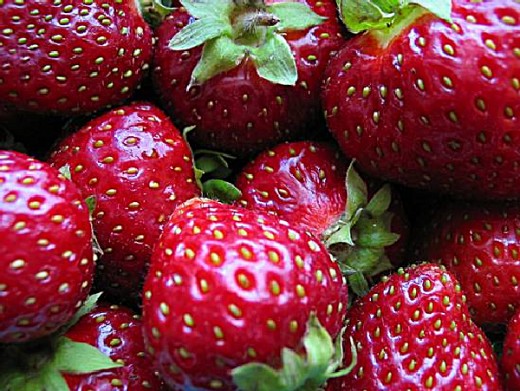
Storage of Fresh Fruit
Store perishable fruit (like strawberries) in a refrigerator at a temperature of 40 degrees F or below. Use a refrigerator thermometer to check! (I need to do this) Not all fruit needs to be refrigerated. If you don't know, ask your produce manager.
All fruit that is pre-cut or peeled should be refrigerated.
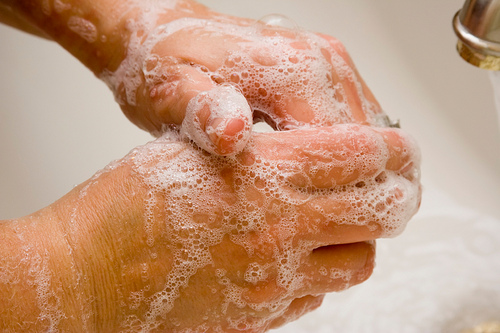
Why you should wash your fruit
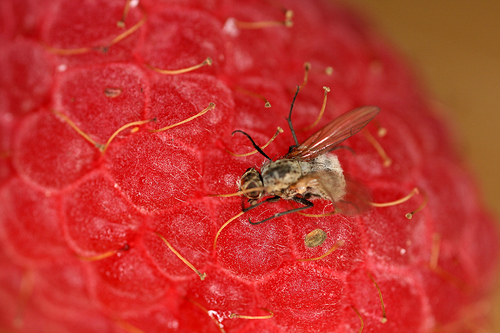
Preparation of Fresh Fruit
Wash your hands with soap and water before and after preparing fresh fruit. (Sing the Happy Birthday song twice.)
Thoroughly wash fruit with running water just before eating or cooking. No need to use soap or special rinses. If peeling, wash anyway.
Scrub melons or firm fruit with a brush.
To reduce bacteria, dry with a paper towel.
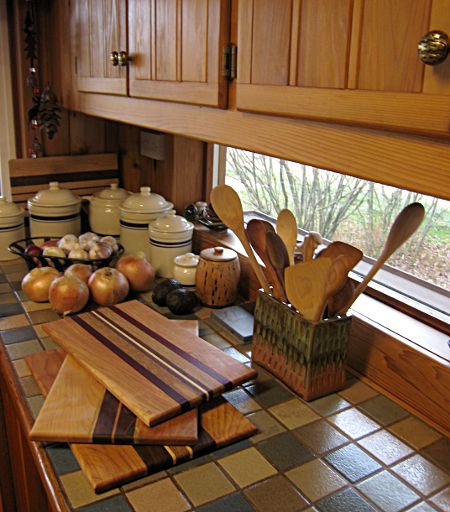

Safety for Cutting Boards
I use two separate cutting boards. One for raw meat, poultry or seafood and one for fruits and veggies.
Always wash your cutting boards with hot water and soap. Once in a while, I sanitize my cutting boards with 1 teaspoon of chlorine bleach to 1 quart of water. Rinse thoroughly.
If you use plastic cutting boards, run them through the dishwasher after each use.
- Recipes A to Z....."D" is for Dried Fruit
Dried fruit can be used with rice and grains, with breads, cakes and candies, with cookies and desserts, meats, pies, salads, soups and stews. I have chosen recipes with raisins, dates, dried apricots and... - Recipes A to Z....."U" is for Upside-Down Cake
Upside-down cakes are usually made with a brown sugar-butter mixture in the bottom of the cake pan and batter poured over the top. Then when the cake is finished baking, the cake is flipped over and all the...





